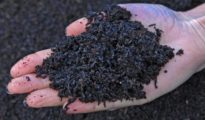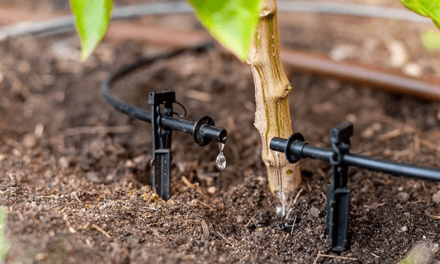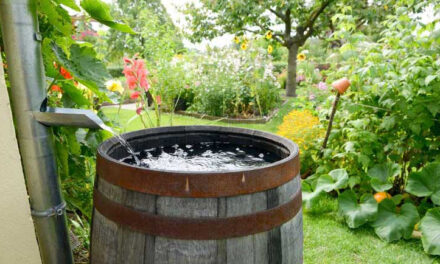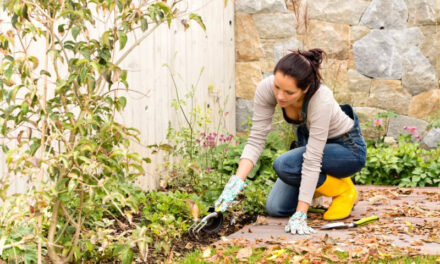Water is a precious resource that we need to conserve, especially in areas where water is scarce. Gardens and lawns are notorious for consuming large amounts of water, and this can put a strain on the water supply. In this blog post, we will discuss ways to save water in the garden without sacrificing the health of your plants.
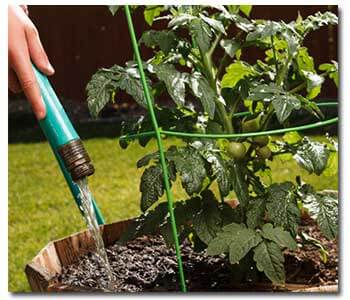
Choose the right plants
Choosing the right plants for your garden is an essential step in conserving water. Some plants require a lot of water to thrive, while others are more drought-tolerant. By selecting plants that are well-suited to your climate and soil type, you can reduce the amount of water needed to keep them healthy.
Native plants are an excellent option for water conservation because they are adapted to the local climate and require less water than non-native species. Additionally, they are often more resistant to pests and diseases, which means less need for pesticides and fungicides that can contaminate the soil and water.
Use mulch
Mulch is a layer of organic material that is spread over the soil around plants to retain moisture and suppress weed growth. Mulching is an effective way to conserve water because it helps to reduce evaporation from the soil surface.
There are many different types of mulch available, including shredded leaves, grass clippings, straw, and wood chips. The type of mulch you choose will depend on your garden's needs and your personal preferences. Organic mulches are generally preferred because they break down over time and add nutrients to the soil.
Collect rainwater
Rainwater harvesting is a simple and effective way to conserve water in the garden. Collecting rainwater can be done using a variety of methods, from simple rain barrels to more complex rainwater harvesting systems.
Rainwater can be used for watering plants, washing outdoor furniture and tools, and even for cleaning cars. By collecting rainwater, you can reduce your reliance on municipal water supplies and lower your water bill.
Water efficiently
When it comes to watering your garden, it's essential to do it efficiently. Watering at the right time of day can make a significant difference in water conservation. Watering in the morning or evening when temperatures are cooler reduces evaporation and helps plants absorb water more efficiently.
Another key factor in efficient watering is using the right amount of water. Over-watering can be just as damaging to plants as under-watering. Using a watering can or hose with a trigger nozzle can help you control the amount of water you use and avoid wastage.
Use drip irrigation
Drip irrigation is a type of irrigation system that delivers water directly to the roots of plants, minimizing evaporation and water waste. Drip irrigation systems use less water than traditional sprinkler systems and can be customized to deliver water precisely where it's needed.
There are many types of drip irrigation systems available, from simple DIY kits to more complex systems that can be customized for larger gardens. By using drip irrigation, you can reduce water consumption while ensuring that your plants get the water they need to thrive.
Group plants by water needs
Grouping plants with similar water needs together is an effective way to conserve water in the garden. By grouping plants that require more water together, you can avoid over-watering drought-tolerant plants and under-watering moisture-loving plants.
Additionally, grouping plants by water needs allows you to create different watering zones in your garden. You can use drip irrigation or a hose with a trigger nozzle to deliver water to each zone more efficiently.
Maintain your irrigation system
Regular maintenance of your irrigation system is essential to ensure that it's working efficiently and not wasting water. Check your system regularly for leaks, clogs, or other issues that could affect water flow and usage.
Adjusting your irrigation system to suit the changing seasons is also important. During the cooler months, your garden will require less water than during the hotter summer months. Adjusting your irrigation system accordingly can help you save water and keep your garden healthy.
It's also a good idea to check your irrigation system's water pressure regularly. High water pressure can cause excess water to be sprayed, resulting in water wastage. If you notice that your system's water pressure is too high, consider installing a pressure regulator to reduce water consumption.
Use greywater
Greywater is wastewater that comes from sources such as washing machines, sinks, and showers. It can be treated and reused for irrigation purposes, which is an excellent way to conserve water in the garden.
To use greywater in your garden, you'll need to install a greywater system that filters and treats the water. You can then use the treated greywater to water your plants, reducing your reliance on municipal water supplies.
Choose low-maintenance landscaping
Low-maintenance landscaping is an excellent way to conserve water in the garden. By choosing plants and landscaping features that require minimal water and maintenance, you can reduce water consumption while still enjoying a beautiful garden.
Some low-maintenance landscaping options include succulents, native grasses, and rock gardens. These landscaping features require minimal water and are often drought-tolerant, making them ideal for water conservation.
In conclusion, conserving water in the garden is essential to ensure the sustainability of our water resources. By choosing the right plants, using mulch, collecting rainwater, watering efficiently, using drip irrigation, grouping plants by water needs, maintaining your irrigation system, using greywater, and choosing low-maintenance landscaping, you can reduce water consumption in your garden while still keeping your plants healthy and thriving. Remember, every drop counts, and even small changes can make a big difference in water conservation.


